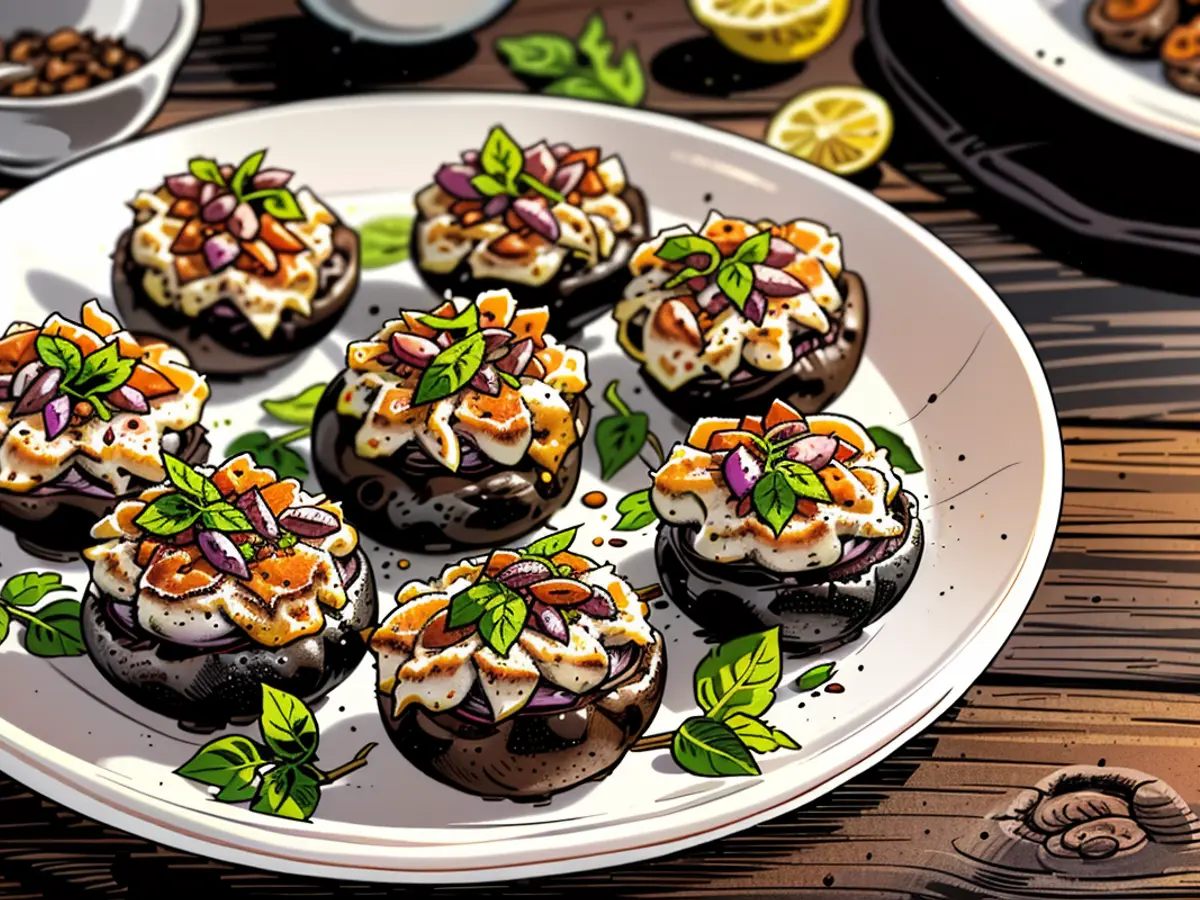Employ the 'First-In-First-Out' Technique to Streamline Your Kitchen Storage Spaces, Specifically the Pantry and Refrigerator.
Regularly discovering outdated food items hidden in the dark recesses of your kitchen cabinets and refrigerator suggest an inefficient kitchen layout. Luckily, there's an effortless remedy. Banish your current methods of food storage and make room for a kitchen organization overhaul. And there's no better method than FIFO.
What is the FIFO method of food storage?
FIFO stands for "first in, first out", and it is exactly as it sounds. You might even recall your mother scolding you for not finishing the first box of cereal before starting a new one. It ensures that older items are consumed before newer ones. To maintain this practice, the older items should be the first things you see when you open the fridge or pantry. That's why grocery stores position the most aged items front and center on the shelves, and why professional kitchens date and label their inventory with the expiration date facing out.
How do you store using FIFO?
For some home cooks, FIFO is synonymous with meticulously labeling everything in your refrigerator. While this is a great system for tracking leftovers and reducing food waste, FIFO encompasses more than just refrigerator management.
The entire kitchen can and should be organized around the fundamental FIFO principle: "If you can't see it, you won't use it." Keeping this in mind when reorganizing makes your existing kitchen easier to use, regardless of how cramped or inefficient it may be. And since FIFO emphasizes using what you have, you can implement it without purchasing anything new.
The specifics of a FIFO makeover will vary for each kitchen, but the end goal is universal: Arrange your kitchen items so that you can see as much of them as possible. Here are four main ways to achieve this, beginning with your container situation.
Streamline your pantry
Clutter is the enemy of an efficient FIFO system, and unfortunately, that means you have to tackle your pantry first. You might think the solution involves investing in plenty of identical glass jars—after all, they're easier to see through than other materials. But you don’t need to spend a lot of money to organize your pantry effectively. Your goal is to make everything in the pantry easily visible at all times, which is achievable with containers of similar shapes and sizes.
A chaotic jumble of mismatched Tupperware won't work, so sort through your food containers, keeping matching sets and disposing of the one-offs. Next, fill in the gaps with containers you already have. Reused food packaging is ideal for pantry storage, especially if you’re loyal to a particular brand and have a lot of the same containers. You can even use repurposed jars from various brands like Adams peanut butter or Bonne Maman jam. If you need to buy new containers, soup containers are best for small-volume storage because they come in various sizes and have universal lids.
For bulk foods, skip the expensive "bulk storage" bins and head to the hardware or restaurant supply store instead. You can buy 50-pound bags of flour and store them in five-gallon plastic buckets with twist-off lids for less than $20. If you're low on space, look for Cambro containers at restaurant supply stores. They're smaller and more expensive than plastic utility buckets, but they come in both square and round sizes and stack securely.
Label everything
Labeling perishable items is a crucial aspect of any FIFO system. Clear labels tell you at a glance what's inside a container and how old it is. Without labels, FIFO wouldn't exist.
If you're already in the habit of labeling your refrigerator and freezer, that's great—but don’t stop there. Most items in your kitchen can and should be labeled. Bulk pantry items in opaque containers are the obvious use case, but don’t forget to label DIY cleaning solutions, countertop fermentation projects, and even the shelves in your pantry. Labeling will make your kitchen easier to use, and it's simple to do with masking tape and a Sharpie. Just make sure the labels face out.
Consolidate, consolidate, consolidate
Labels are useful, but they can't help you if you can't see them. Large containers of leftovers and pantry items can easily get buried in the fridge or pantry, preventing you from using them before they expire. Consolidation is the solution.
Transfer the contents of larger containers to smaller ones as you use them up. This not only frees up storage space but also makes it easy to know when it's time to open a new package or when certain items are running low. Ruthless consolidation of leftovers and pantry items is essential for a well-organized FIFO kitchen.
Bonus round: Take inventory
Taking inventory is the ultimate FIFO challenge. While this might seem daunting, it's simply a matter of keeping track of what's in your fridge and pantry and using it before it expires. This is particularly important for families with multiple cooks and varying eating habits.
By following these guidelines, you can create a FIFO kitchen that is both organized and efficient, ensuring that you never waste food again.
Keeping tabs on your items is crucial for knowing what necessities to acquire and when. If you're new to this, commence with a modest section – either the pantry, fridge, or freezer. List down every edible item's name, the quantity, and its expiration date. Various platforms like spreadsheets, paper lists, dry erase boards, or even your phone's notes app have their pros and cons, so choose the one that feels comfiest. Regularly update the list as items get consumed. When sitting down to jot down your grocery list, refer to your inventory to understand what must be bought immediately and what can be postponed. There isn't a one-size-fits-all method, so experiment until you find what suits you best.
If this appears laborious, then you're spot on. Managing a kitchen is no small task; adding it to your daily chores can become tiresome, even if you enjoy cooking. A First-In-First-Out (FIFO) setup won't end the day-to-day tasks of cooking and cleaning, but it will make the usage of your kitchen more manageable.
Utilizing the best technique for food storage, such as the FIFO method, can significantly reduce food waste. By implementing FIFO in your kitchen, you ensure that older food-drink items are consumed before newer ones. This can be achieved by reusing food packaging for pantry storage, labeling everything for easy identification, consolidating items into smaller containers, and regularly taking inventory of your food-drink supplies.








